 July 3, 2001: Apple suspends production of its Power Mac G4 Cube, one of the most notable busts in Apple history — and the first major flop following Steve Jobs’ glorious return to the company in 1997.
July 3, 2001: Apple suspends production of its Power Mac G4 Cube, one of the most notable busts in Apple history — and the first major flop following Steve Jobs’ glorious return to the company in 1997.
Although Apple leaves the door open to possibly reintroducing the remarkably clear G4 Cube at a later date, this never happens. The stylish computer is superseded by Apple’s upgrade to G5 processors and then to Intel Core-based Macs.
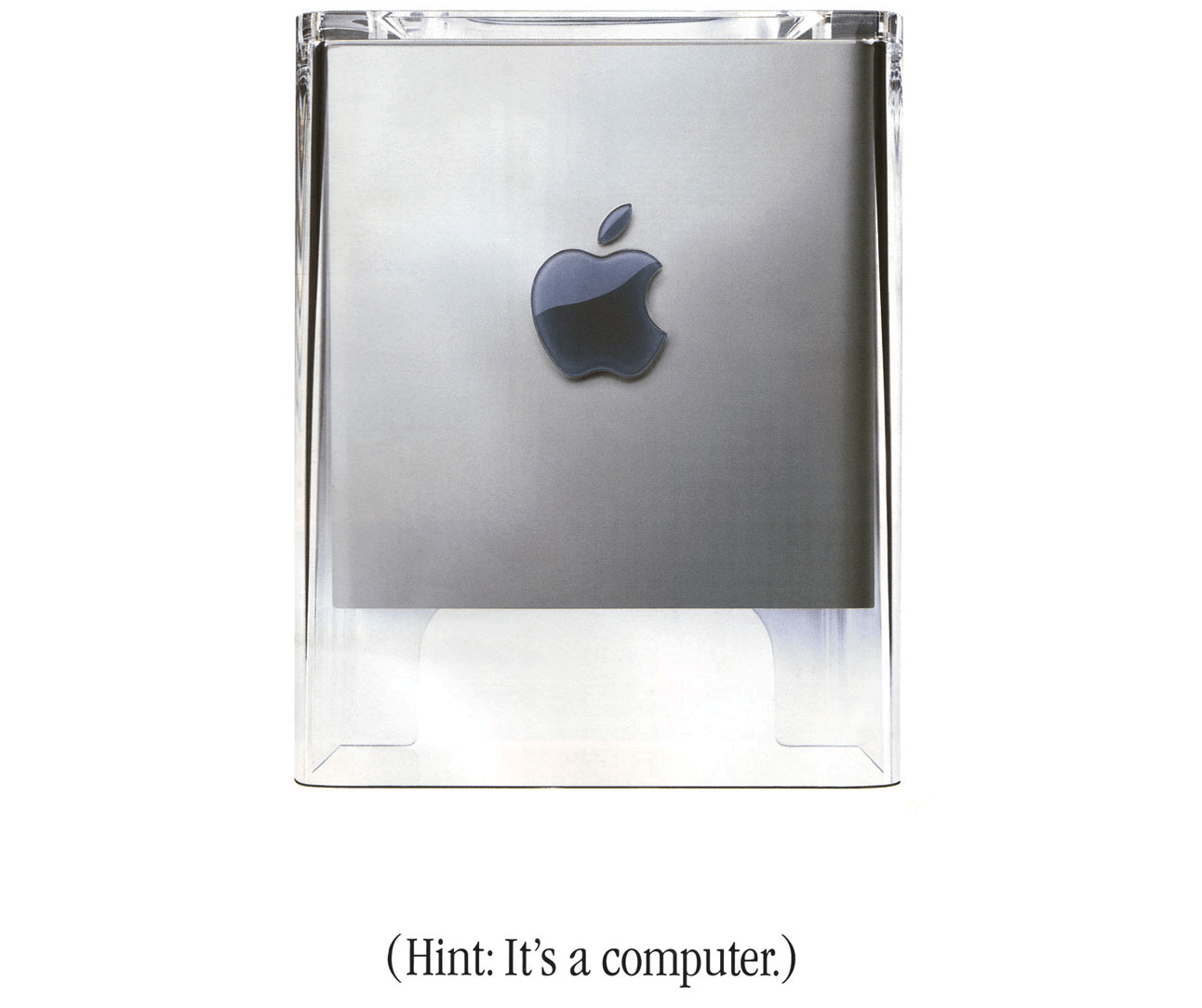


 July 2, 2010: Apple opens up about “
July 2, 2010: Apple opens up about “
 July 1, 2012: Apple shuts down its MobileMe web service. Launched in 2008, the subscription-based suite of online services and software offered features like push email, data storage,
July 1, 2012: Apple shuts down its MobileMe web service. Launched in 2008, the subscription-based suite of online services and software offered features like push email, data storage, 
 June 29, 2007: The first
June 29, 2007: The first 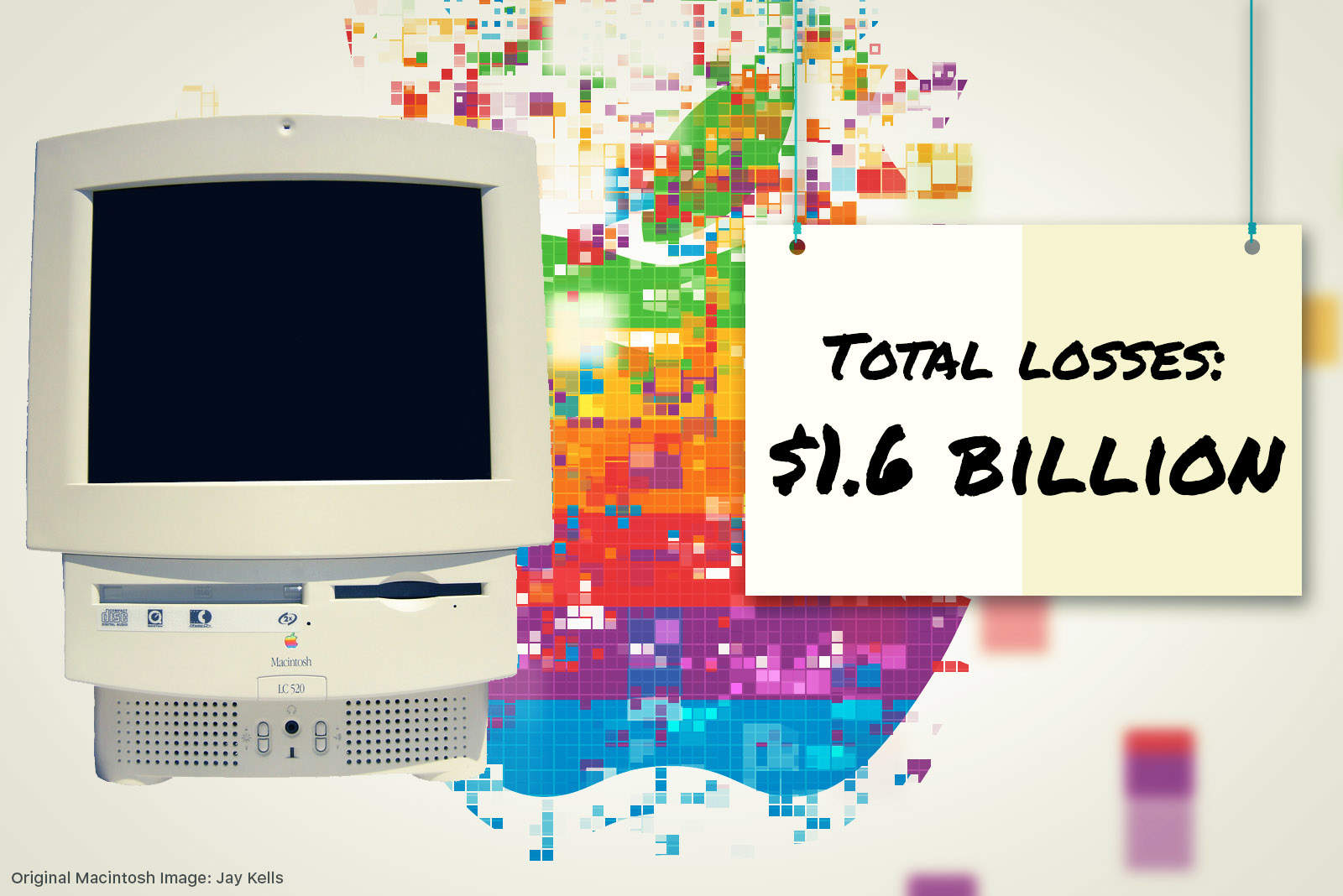
 June 27, 1997: The last day of another disappointing quarter brings an end to CEO Gil Amelio’s 500 days running Apple.
June 27, 1997: The last day of another disappointing quarter brings an end to CEO Gil Amelio’s 500 days running Apple.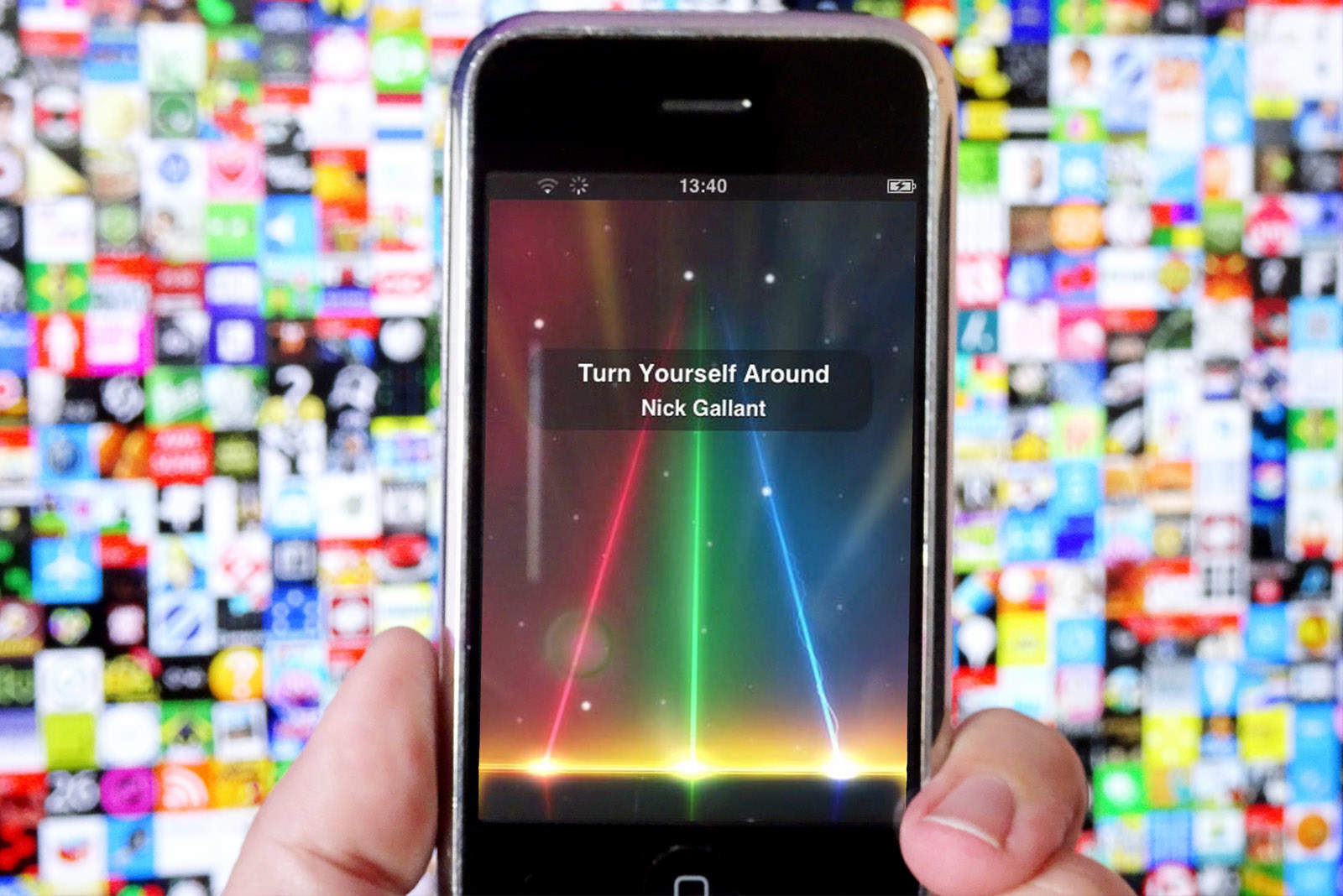
 June 26, 2008: A year after the
June 26, 2008: A year after the 
 June 23, 2003: Apple launches its gorgeous Power Mac G5, a powerhouse desktop computer with a perforated aluminum chassis that earns it the affectionate nickname “the cheese grater.”
June 23, 2003: Apple launches its gorgeous Power Mac G5, a powerhouse desktop computer with a perforated aluminum chassis that earns it the affectionate nickname “the cheese grater.”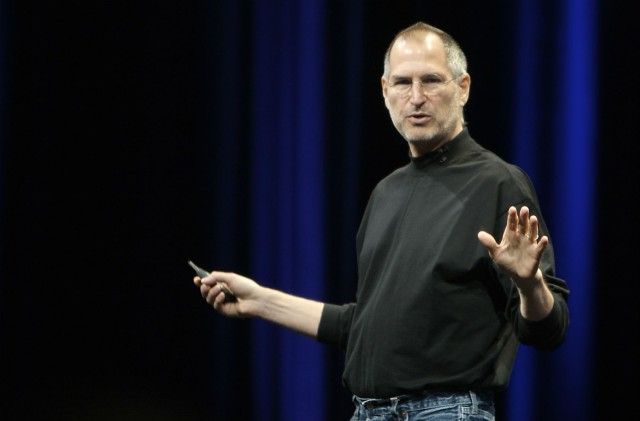
 June 22, 2009: Steve Jobs returns to work at Apple, a couple months after undergoing a liver transplant as part of his treatment for pancreatic cancer.
June 22, 2009: Steve Jobs returns to work at Apple, a couple months after undergoing a liver transplant as part of his treatment for pancreatic cancer.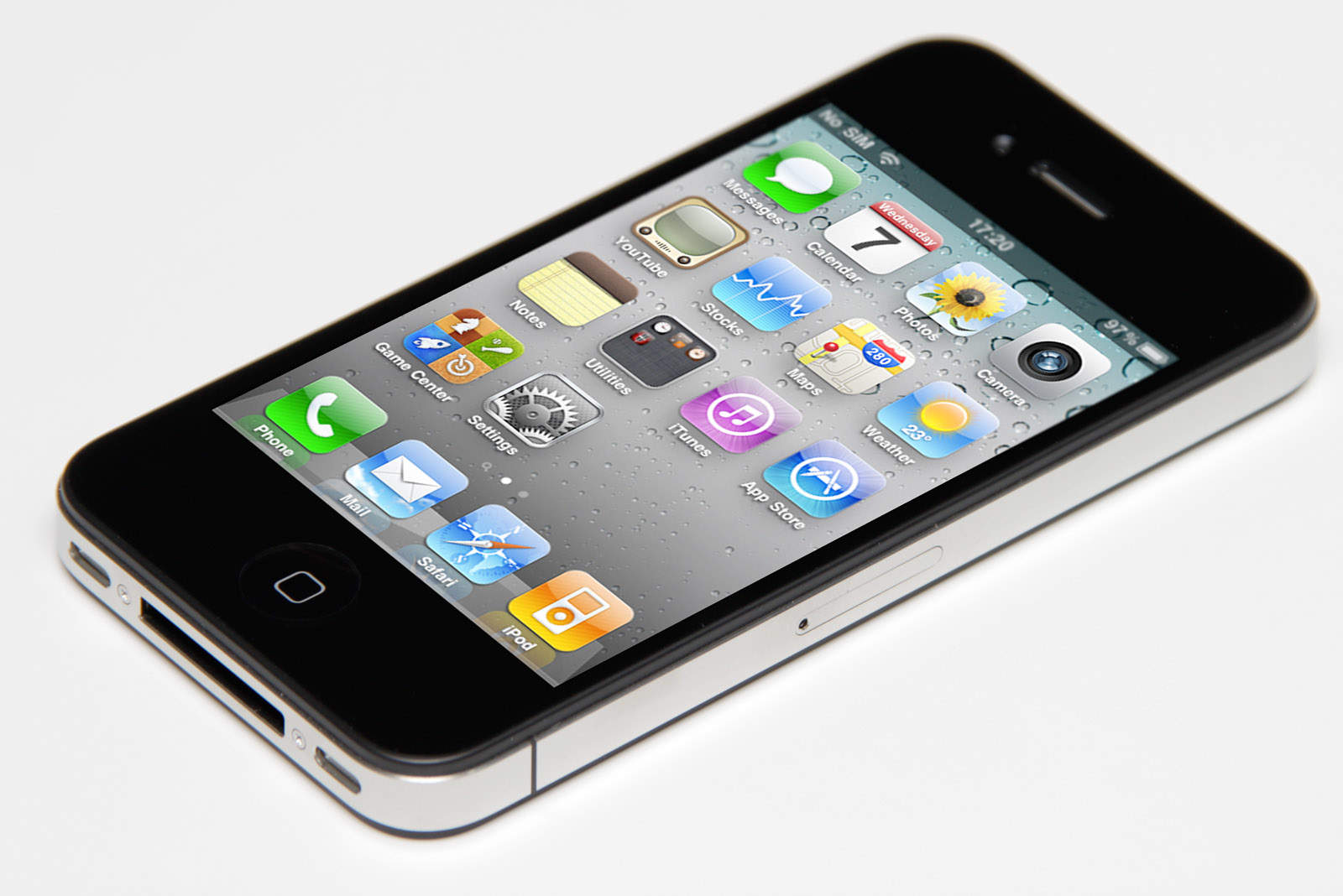
 June 21, 2010: Apple releases iOS 4, which introduces a range of productivity features as well as the FaceTime videotelephony service. The iOS 4 launch represents a big step forward for Apple’s flourishing mobile devices.
June 21, 2010: Apple releases iOS 4, which introduces a range of productivity features as well as the FaceTime videotelephony service. The iOS 4 launch represents a big step forward for Apple’s flourishing mobile devices.
 June 16, 2010: Apple reports a massive surge of interest in its latest smartphone, with iPhone 4 preorders racking up 600,000 sales on their first day.
June 16, 2010: Apple reports a massive surge of interest in its latest smartphone, with iPhone 4 preorders racking up 600,000 sales on their first day.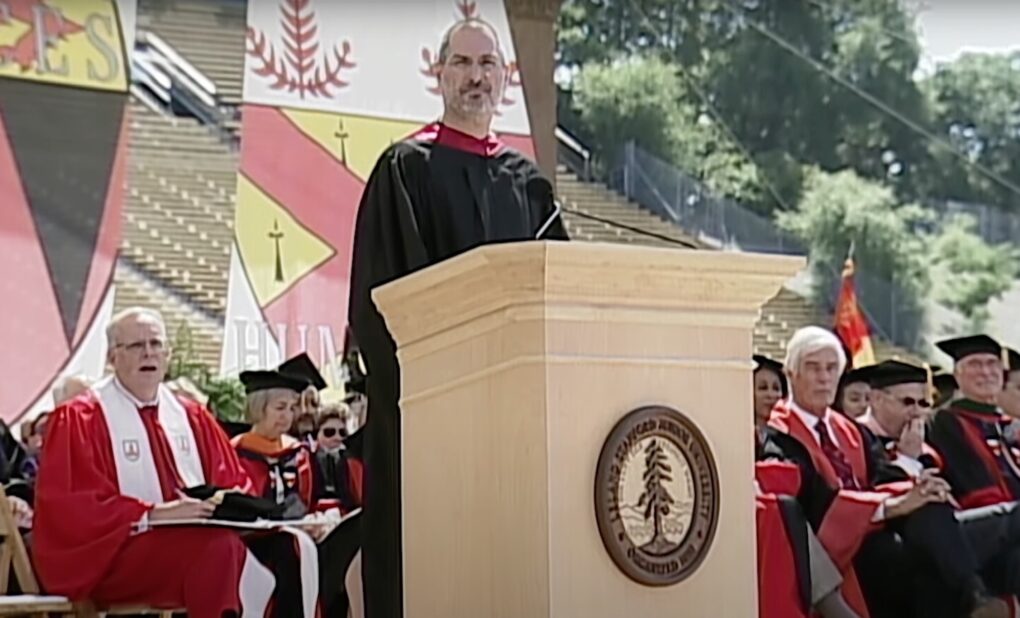
 June 12, 2005: Apple CEO
June 12, 2005: Apple CEO 
 June 11, 2007: At Apple’s Worldwide Developers Conference, CEO Steve Jobs unveils Safari 3 for Windows, bringing the company’s web browser to PCs for the first time.
June 11, 2007: At Apple’s Worldwide Developers Conference, CEO Steve Jobs unveils Safari 3 for Windows, bringing the company’s web browser to PCs for the first time.
 June 10, 1977: Apple Computer Inc. ships its first
June 10, 1977: Apple Computer Inc. ships its first 
 June 9, 2002: Apple launches its “Switch” advertising campaign, featuring real people talking about their reasons for switching from PCs to Macs. Apple’s biggest marketing effort since
June 9, 2002: Apple launches its “Switch” advertising campaign, featuring real people talking about their reasons for switching from PCs to Macs. Apple’s biggest marketing effort since 
 June 4, 1997: Mac clone-maker Power Computing hits its high point as the company’s top exec reaches an agreement with Apple concerning the forthcoming
June 4, 1997: Mac clone-maker Power Computing hits its high point as the company’s top exec reaches an agreement with Apple concerning the forthcoming 
 May 28, 2010: Customers across Europe and Asia queue up to buy the
May 28, 2010: Customers across Europe and Asia queue up to buy the 
 May 27, 1986: An exiled Steve Jobs takes a shot at Apple after the company ditches Chiat/Day, the ad agency that created the iconic “1984” Macintosh ad. In a full-page ad published in The Wall Street Journal, Jobs says the move to competing ad agency BBDO shows that “caretakers” rather than “builders” now run Apple.
May 27, 1986: An exiled Steve Jobs takes a shot at Apple after the company ditches Chiat/Day, the ad agency that created the iconic “1984” Macintosh ad. In a full-page ad published in The Wall Street Journal, Jobs says the move to competing ad agency BBDO shows that “caretakers” rather than “builders” now run Apple.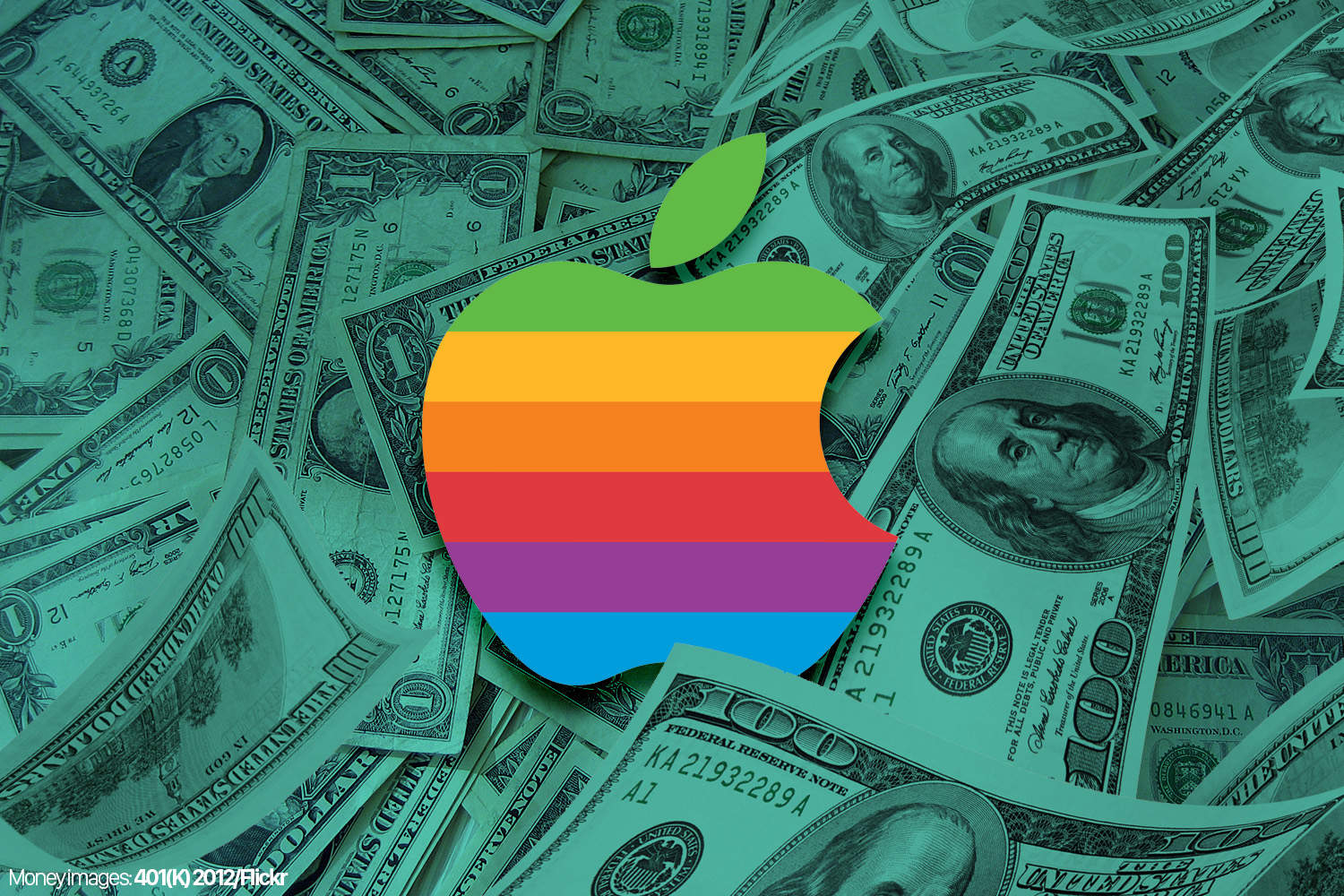
 May 26, 2010: In a massive milestone, Apple passes Microsoft to become the world’s most valuable technology company for the first time.
May 26, 2010: In a massive milestone, Apple passes Microsoft to become the world’s most valuable technology company for the first time.
 May 25, 2010: Apple opens an investigation into a string of suicides at Foxconn, its Chinese manufacturing partner for assembling iPhones.
May 25, 2010: Apple opens an investigation into a string of suicides at Foxconn, its Chinese manufacturing partner for assembling iPhones.
 May 23, 1985: Bitter about being ousted from his position running the Macintosh division,
May 23, 1985: Bitter about being ousted from his position running the Macintosh division, 
 May 22, 1997: Apple spins off its Newton division, creating an independent company to manage the line of personal digital assistants. Newton Inc.’s first job? Selling the MessagePad 2000 PDA, the best Newton device yet.
May 22, 1997: Apple spins off its Newton division, creating an independent company to manage the line of personal digital assistants. Newton Inc.’s first job? Selling the MessagePad 2000 PDA, the best Newton device yet.
 May 19, 2001: Apple revolutionizes the world of computer shopping by opening its first two Apple Stores. Located in Tysons Corner, Virginia, and Glendale, California, the new outlets represent the culmination of a long-term dream for Apple.
May 19, 2001: Apple revolutionizes the world of computer shopping by opening its first two Apple Stores. Located in Tysons Corner, Virginia, and Glendale, California, the new outlets represent the culmination of a long-term dream for Apple.
 May 17, 1983: John Sculley takes the helm as Apple’s third president and CEO. The former Pepsi-Cola boss is short on tech experience but long on marketing, which will become increasingly important as the personal computer revolution ramps up.
May 17, 1983: John Sculley takes the helm as Apple’s third president and CEO. The former Pepsi-Cola boss is short on tech experience but long on marketing, which will become increasingly important as the personal computer revolution ramps up.
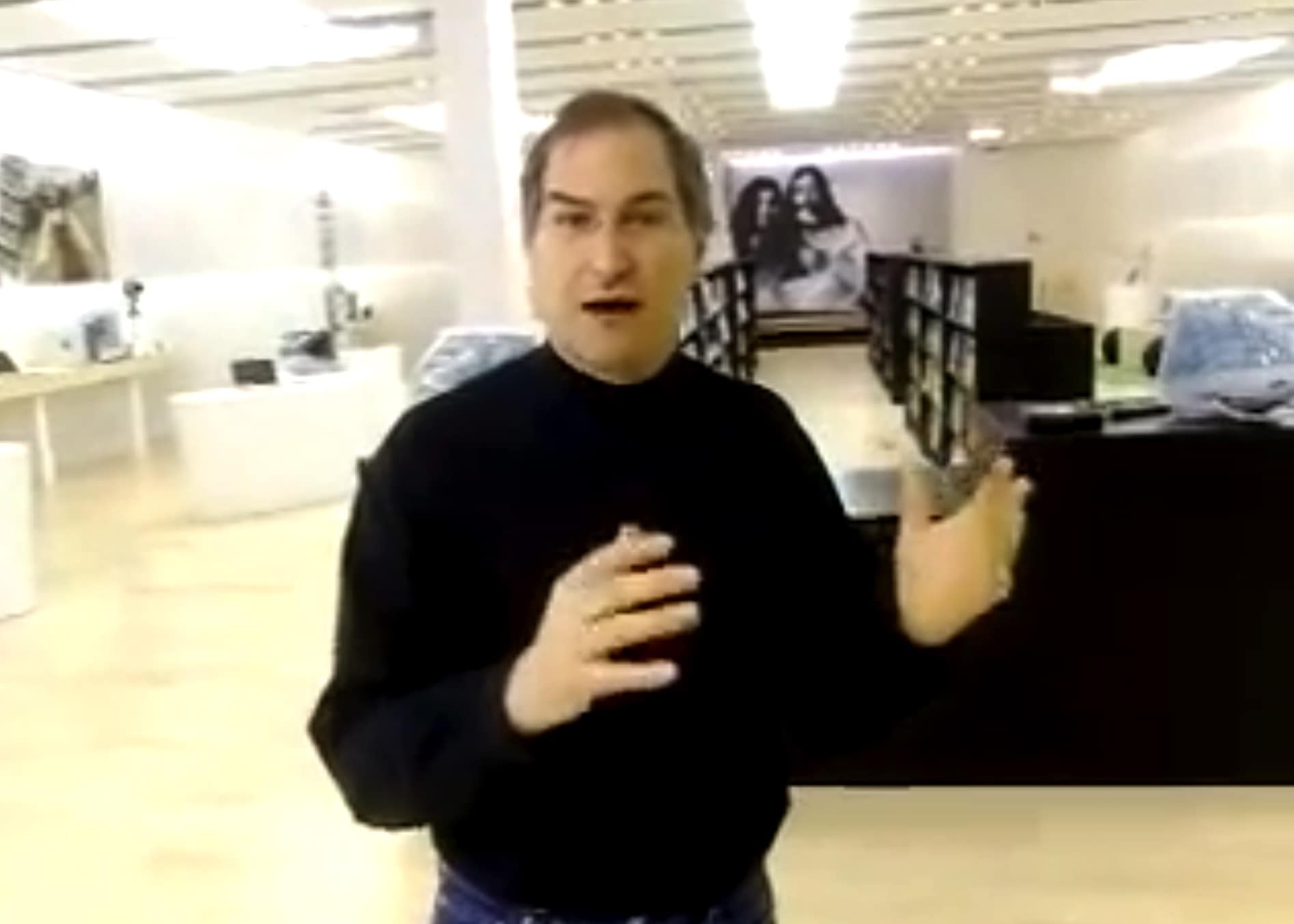
 May 15, 2001: Apple CEO
May 15, 2001: Apple CEO